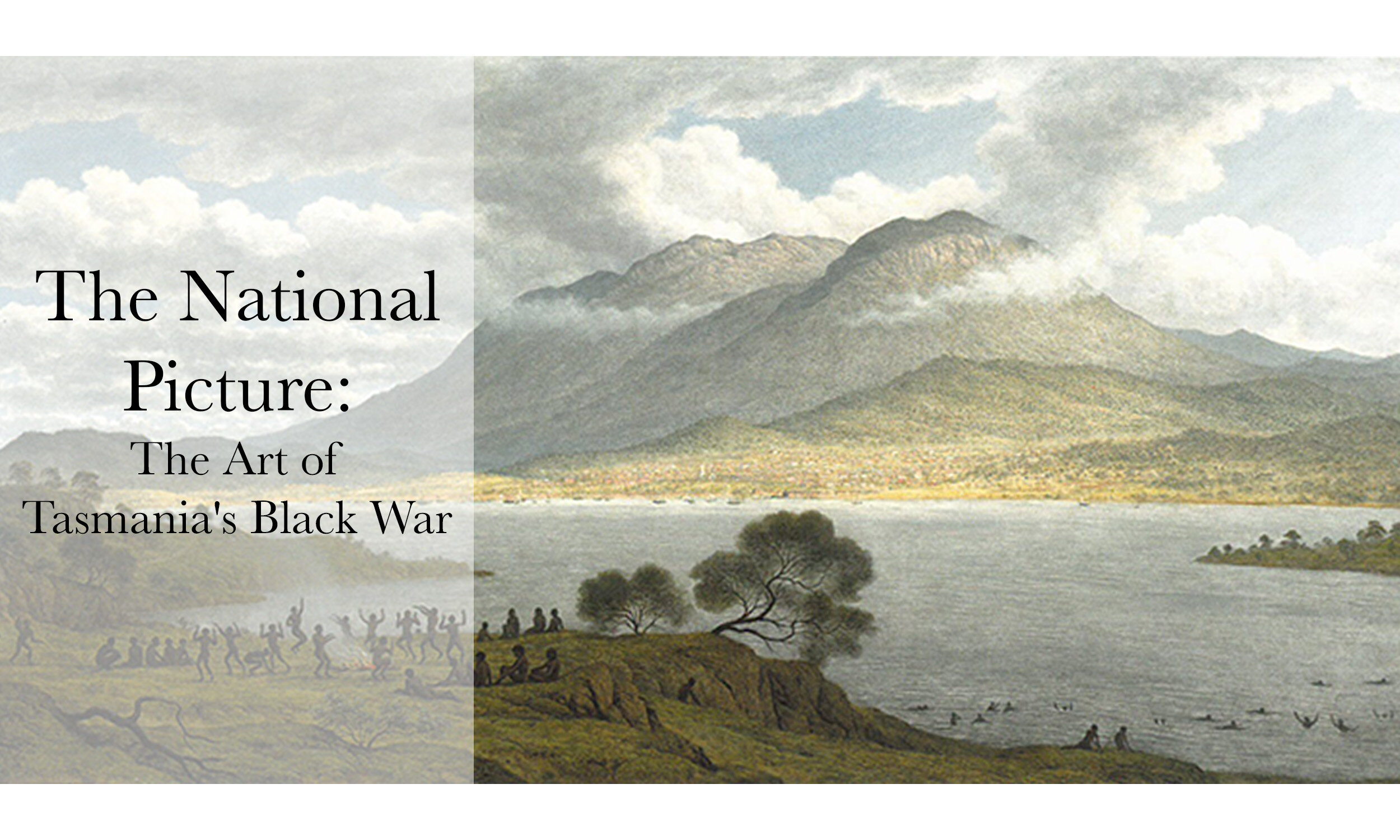
Co-ordinating Curator
Curators: Tim Bonyhady and Greg Lehman
In 1840 British-born Australian painter Benjamin Duterrau completed a problematic group portrait called The Conciliation. It was structured like many ‘treaty’ pictures before this – a group of people brought together in an apex formation with a ‘key figure’ white man gesticulating. In fact, it was a small version of a much more ambitious work which he planned to paint in his new hometown of Hobart. It depicted Tasmanian Aboriginal People who, in this bizarre version of events had apparently formed an agreement with the colonising British forces, represented by the figure of George Augustus Robinson. Of course, we now know the shameful and true history – that after defending their Country, the Indigenous population of Tasmania were shipped off to a camp at Wybalenna on Flinders Island in 1834 and that no such ‘treaty’ or ‘conciliation’ occurred. Perhaps it was on account of bombast or maybe just misspent enthusiasm, but Duterrau called this grand painting project, ‘The National Picture’ and advertised for subscriptions. It was painted on a vast scale, far beyond Duterrau’s technical capabilities as a painter and far beyond the budget of a burgeoning colonial outpost which was still unsure if it was a penal colony or pastoral empire.
It was so large that he devised a hinged framing device that allowed it to be folded up like an accordion. Post completion the painting disappeared never to be located again, thus we cannot assess Duterrau’s doubtful achievement. However, we did something quite unusual – structured an entire exhibition around a painting that has vanished. It worked because the show was about important ideas and history and because Duterrau had made a significant back catalogue of work in support of the major work. Co-curators, Tim Bonyhady and Greg Lehman brought together a remarkable group of works depicting a short period of history regarded as the Black War in Van Dieman’s Land, as it was then named. Yes, they were problem works painted, sketched, carved or incised by white male artists depicting Indigenous Tasmanian people during one of our most shameful episodes of colonial history between 1828 – 1845, the traumatic legacy of which still persists. Such objects normally reside in State and National Institutions both here and in the UK. Despite the complexity of the task, there was value in bringing them together and this exhibition, which included remarkable and brave works by contemporary Indigenous artists, became an interrogation of a history we need to address. The National Picture – the art of Tasmania’s Black War was the most important and life-changing exhibition I have had the privilege to work on. The superbly researched and written scholarly catalogue sold out almost immediately and won several important publishing awards.
‘While the Conciliation is often thought to depict an agreement, perhaps a surrender, that brought an end to the Black War, for Aboriginal people, the painting is a scene of deception and betrayal, emblematic of the treatment of Indigenous people across Australia for generations’ (Bonyhady p.15).
The National Picture: The Art of Tasmania's Black War
View the offical webpage for The National Picture: The Art of Tasmania's Black War
